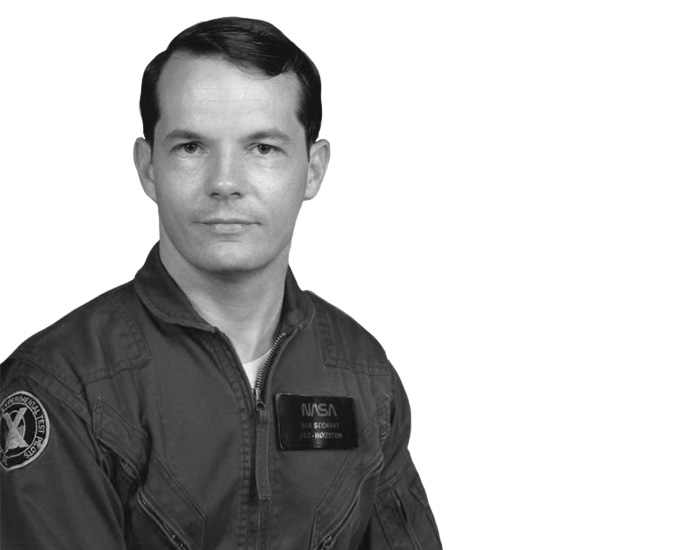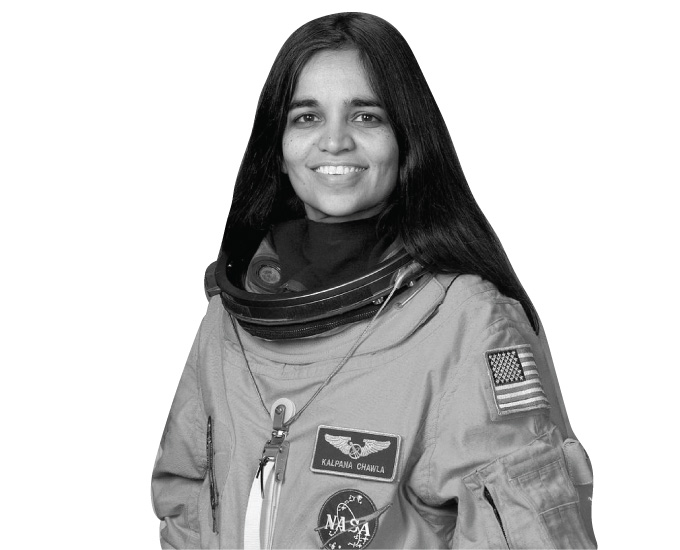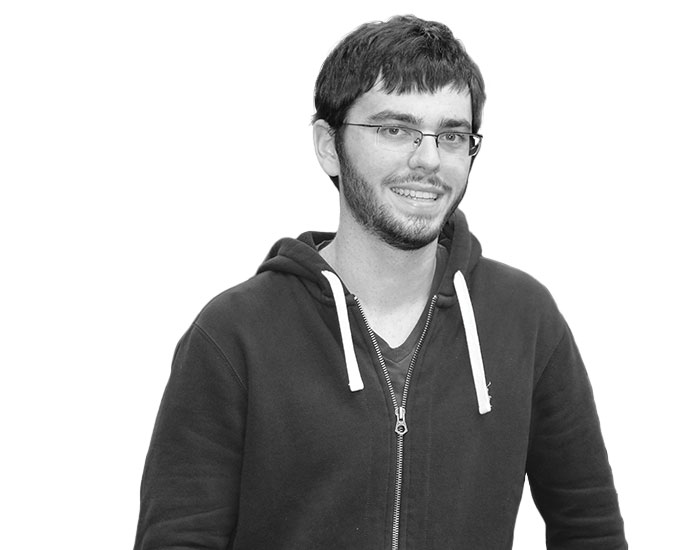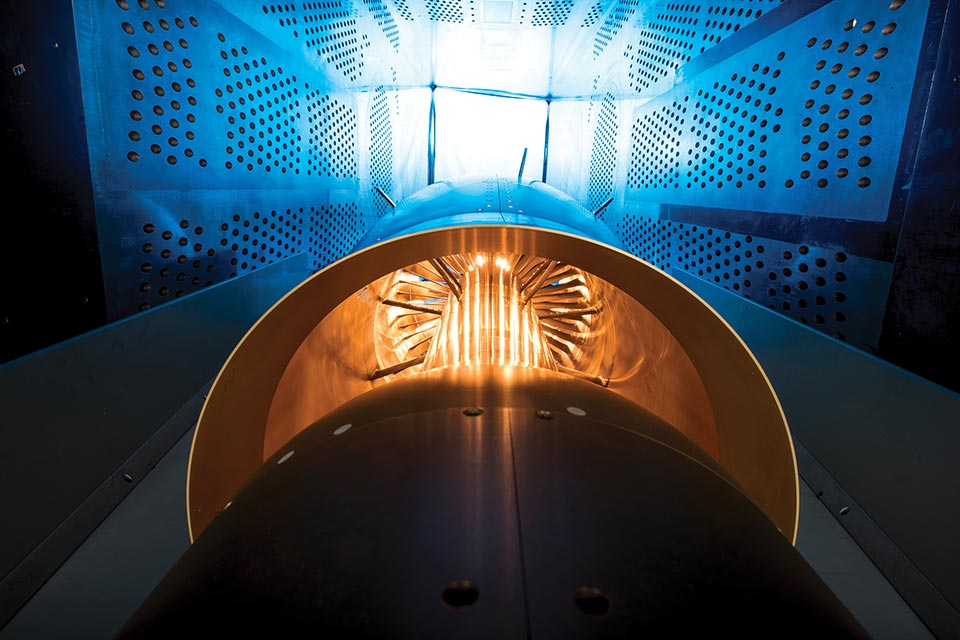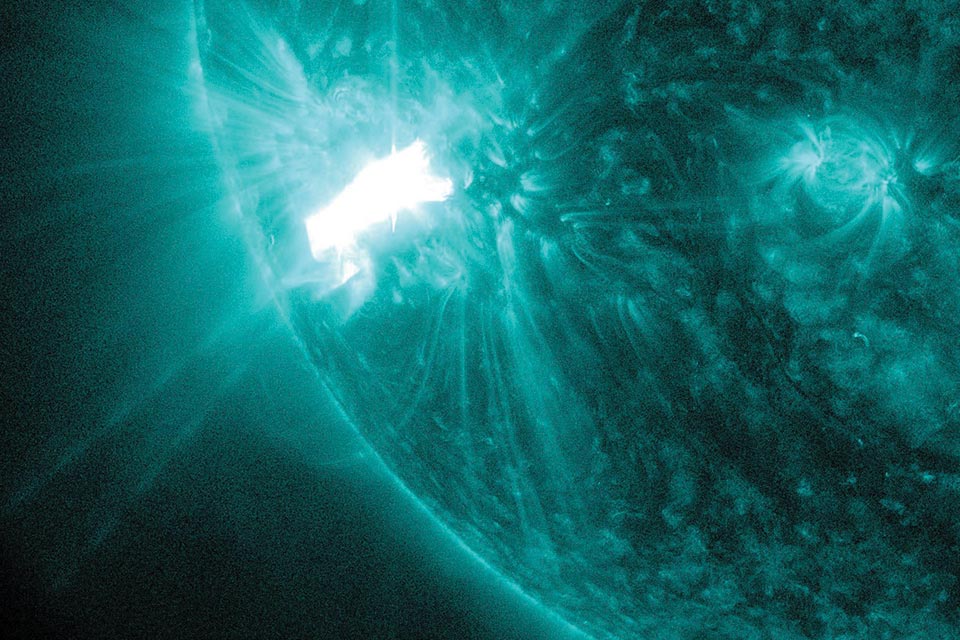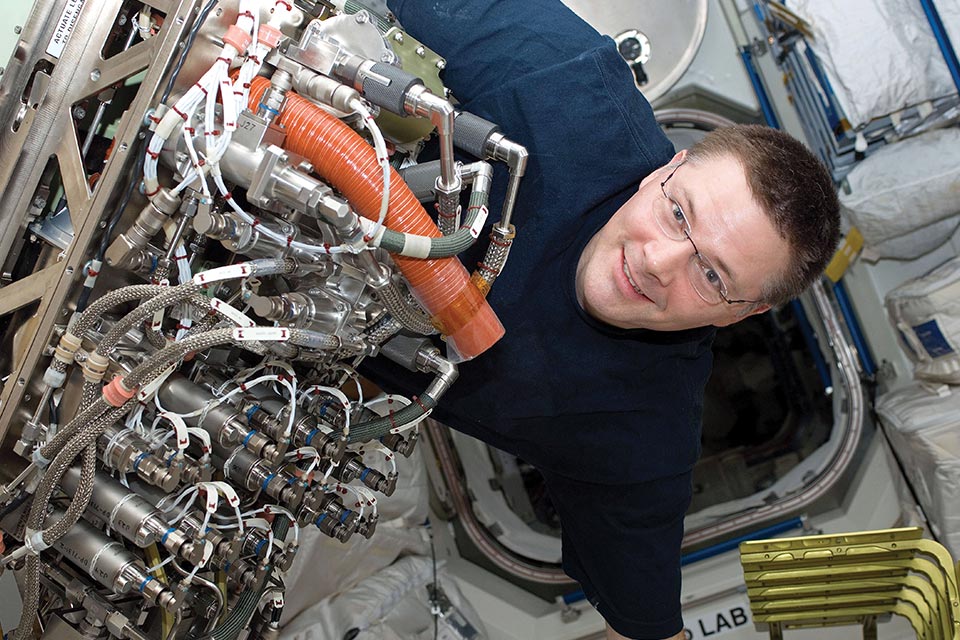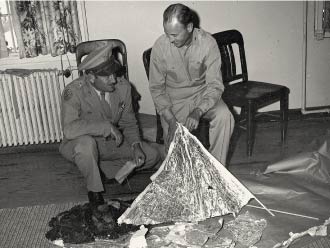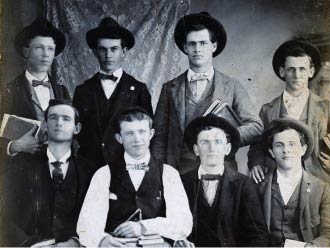Space has long been the subject of science fiction and the dreams of many who gazed up at the moon and stars. Decades of exploration and discovery have opened dozens of new avenues for the earthbound to contribute to mankind's knowledge of the universe, as well as its ability to venture farther among the stars.
When physicists proved the existence of the Higgs boson, colloquially known as the "God particle," in 2012, researchers from The University of Texas at Arlington's Center of Excellence in High Energy Physics were part of the team. In January 2016, the University hosted 150 leading international physicists to collaborate on the particle physics experiment known as the Deep Underground Neutrino Experiment, which attempts to explain the origins of the universe.
While these researchers explore the origins of life, several other UTA faculty members are deeply involved with interdisciplinary, collaborative projects that are expanding our knowledge of the universe. Their work could allow humans to travel to and inhabit distant planets and increase our understanding of how weather conditions in space affect life here on Earth.
NASA Collaboration
One key pathway to discovery is through UTA's membership in NASA's Systems Engineering Research Consortium, which is funded by the Marshall Space Flight Center and Langley Research Center. The consortium brings together systems engineering researchers from universities across the country, including the George Washington University, Massachusetts Institute of Technology, University of Alabama in Huntsville, and University of Colorado.
Paul Componation, chair of UTA's Industrial, Manufacturing, and Systems Engineering (IMSE) Department, was instrumental in earning a place in the consortium, which is looking at both the complexity of advanced aerospace systems and the organizational structures that design and build these systems. UTA's research team is focusing on how to reduce costs while maintaining the safety and performance of NASA's space launch systems. This includes verification and validation procedures to make sure they meet requirements and finding better ways to use technology to help distributed design teams—those who work together but are located across the country. In terms of project expense, design teams are one of the most costly parts to manage.
"Today's design environment has hundreds, if not thousands, of engineers working together," Dr. Componation says. "They're separated by distance, time, education, language, and even culture. Pulling these teams together is a major design challenge."
Susan Ferreira, an associate professor in the IMSE Department, is working with the consortium to find ways to improve system modeling to demonstrate how launch systems will perform before they're built and to identify possible emergent properties, which are unknown characteristics that can appear as the systems are used. Identifying these properties before a system is applied in real life is crucial to improving safety and protecting life and equipment.
The applications for research done for the NASA consortium are transferable to other areas, which is an added incentive for being part of the group.
"A lot of the work we're doing for NASA can be applied to other areas where we do a lot of research, such as medical systems and energy systems," says Componation. "It's cutting-edge research, and it's an advantage to be able to work it into other domains."
Breathing Deeply
In another project for NASA, UTA is working with three other institutions to develop improved methods for oxygen recovery and reuse aboard human spacecraft, which will be crucial to taking the next steps toward manned journeys to Mars and other planets.
Brian Dennis, professor of mechanical and aerospace engineering in the College of Engineering; Krishnan Rajeshwar, distinguished professor of chemistry and biochemistry in the College of Science; and Norma Tacconi, a since-retired research associate professor in the College of Science, designed and built a prototype microfluidic electrochemical reactor that recovers oxygen from carbon dioxide in cabin air.
UTA's reactor is built around a nanocomposite electrode. Because it is compact and lightweight, it takes up little space, significantly reduces weight, and draws as little of the limited power aboard the spacecraft as possible. Water collected from bodily fluids and carbon dioxide from normal breathing are used as reactants to produce oxygen and hydrocarbon gases, such as methane. The oxygen will be used for breathing, while the gases can be vented into space. It is important to produce as much oxygen as possible, because the amount that can be produced lessens the need to transport oxygen, freeing up space for other necessities. An oxygen-recovery system currently in use on the International Space Station yields only about 50 percent oxygen, while UTA's prototype could yield 75 percent or more.
The team's initial prototype worked as expected and has been delivered to NASA in Houston for further testing. Three other teams—two from NASA's Glenn Research Center and one from a private company—are competing to move on to the second phase of the project, which will require building a much larger system that can support four crew members by converting 4 kilograms per day of carbon dioxide to breathable oxygen.
"If we're successful, the system we develop could be used on the International Space Station soon, and one day it could support travel all the way to Mars," Dr. Dennis says. "Our system is different from anything currently in use by NASA. We talk to NASA engineers so often that I think our approach has influenced their thinking as far as what is possible for a life-support system. Even if our design doesn't ultimately move forward, I think that we have made an impact."
Weather Watchers
As Dennis and his team work to make an impact on space exploration, two researchers in UTA's Department of Physics are exploring ways to curb the impact of space weather such as solar flares and solar winds on technology and human activities. Yue Deng, associate professor, and Ramon Lopez, professor, are working to learn about those effects and mitigate their disruptions.
Dr. Deng is the head of a $7.3 million national initiative to develop a next-generation space weather simulator that can very precisely predict energy distributions during events like solar flares. The project, funded by the U.S. Department of Defense through the Multidisciplinary University Research Initiative Program, involves a UTA-led team of physicists from the University of California, Los Angeles, Johns Hopkins University, the Massachusetts Institute of Technology, the University of Colorado at Boulder, the University of New Mexico, and the University of Texas at Dallas.
The research will compare measurements of electric and magnetic fields from low-flying spacecraft and ground-based remote sensing tools during quiet and storm periods to simulations produced by Deng's Global Ionosphere-Thermosphere Model, which uses advanced computing to model energy redistributions in the upper atmosphere.
Findings produced by the research group are important because they will lead to greater accuracy in predicting the effects of space weather on GPS and communication systems, power grids, and human safety. Currently, estimates of the energy entering the atmosphere during periods of extreme solar activity can vary by as much as 100 percent. This can lead to an error of up to 30 percent in models used to forecast trajectories and track satellites orbiting in a specific region, which affects the stability and accuracy of GPS and communication systems.
If Deng and her team are successful, predictions of the effects of a solar flare could be accurate to within one degree longitude and one degree latitude—about 100 kilometers in each direction.
"Our findings will help ensure the stability of communications systems and our power grid, " says Deng. "This will ensure the safety of astronauts and private citizens on commercial airlines who could avoid being exposed to high levels of radiation during space storms."
Dr. Lopez's work focuses on heliophysics—or the science of the sun-Earth connection through the space environment—including space physics, astrophysics, and climate studies, and the role of solar wind fluctuations in geospace coupling. His research is sponsored by NASA's Heliophysics Supporting Research program.
Lopez is studying the processes that transfer solar wind energy and momentum to Earth's magnetosphere and ionosphere. The magnetosphere is the region of space surrounding Earth where the dominant magnetic field is Earth's, rather than that of interplanetary space. The ionosphere is part of Earth's upper atmosphere where atoms and molecules are atomized, creating a layer of electrons that reflects and modifies radio waves used for communication and navigation.
Solar wind transfers energy as it flows past Earth, and the transfer creates disturbances that can affect orbiting satellites. Lopez runs computational studies on different kinds of solar wind fluctuations to see what happens. One of his findings was that the larger the fluctuation of the magnetic field, the more energy transferred—but the transfer was less efficient.
"Impactful research being performed by our faculty today will result in expanded boundaries for manned space exploration, as well as a greater understanding of how cosmic energy affects our global ability to communicate," says Duane Dimos, the University's vice president for research. "UTA is making a very real impact in terms of discovery."

